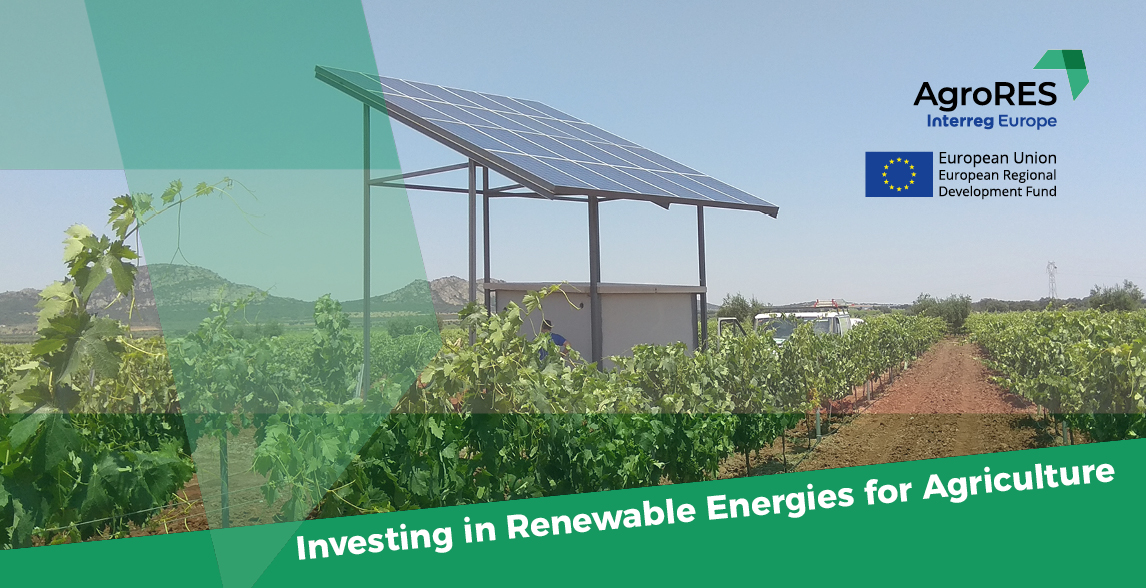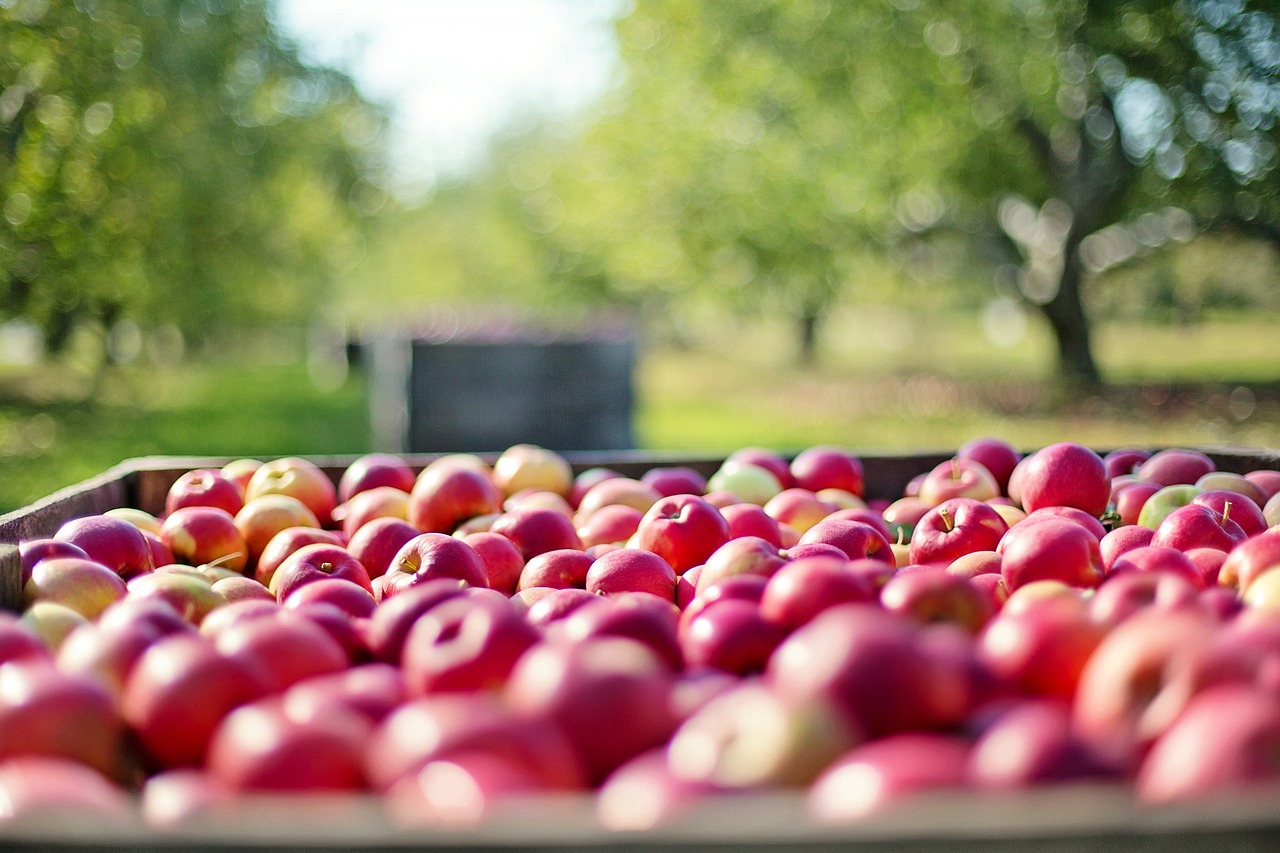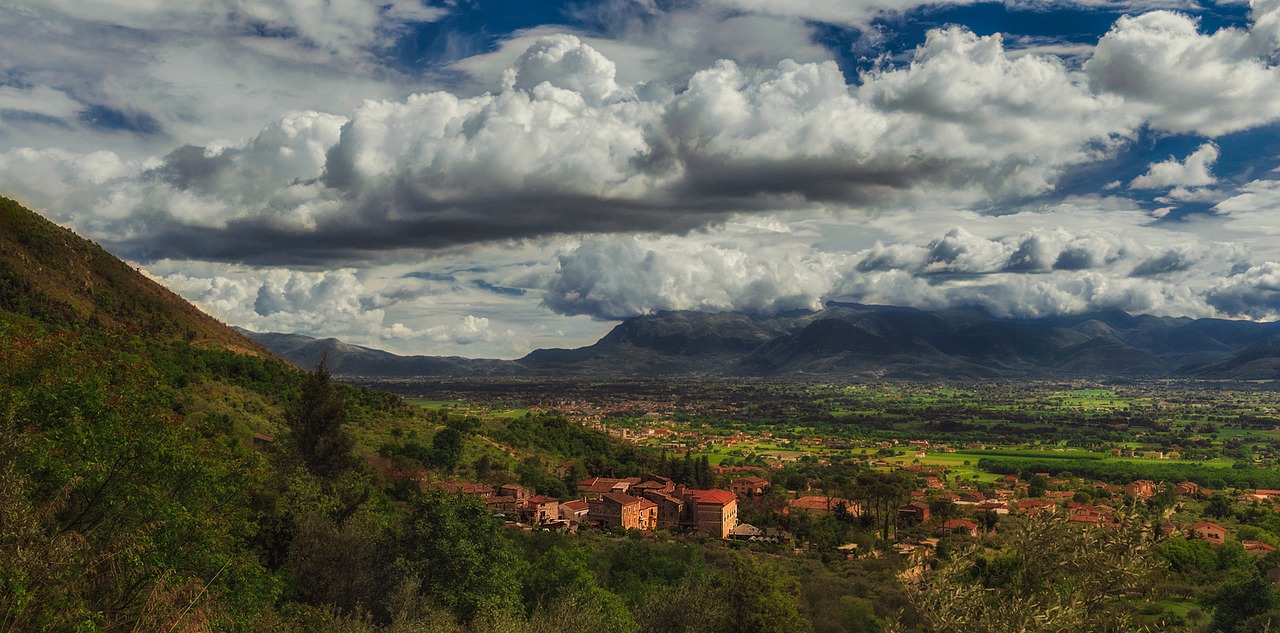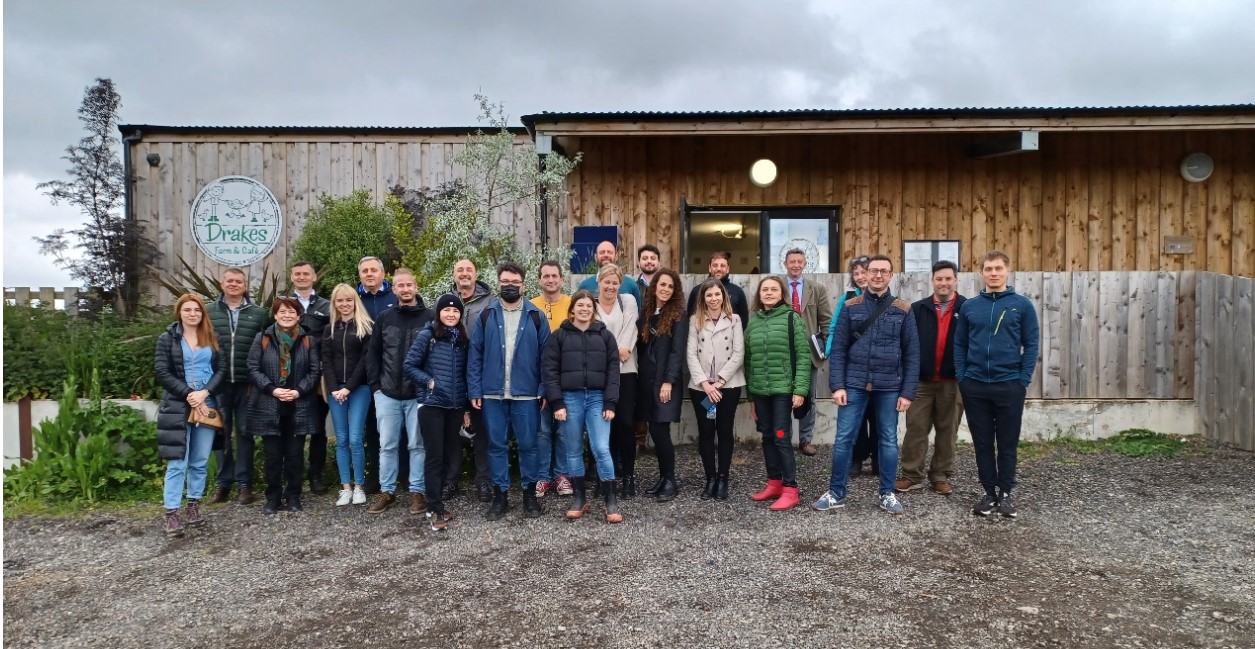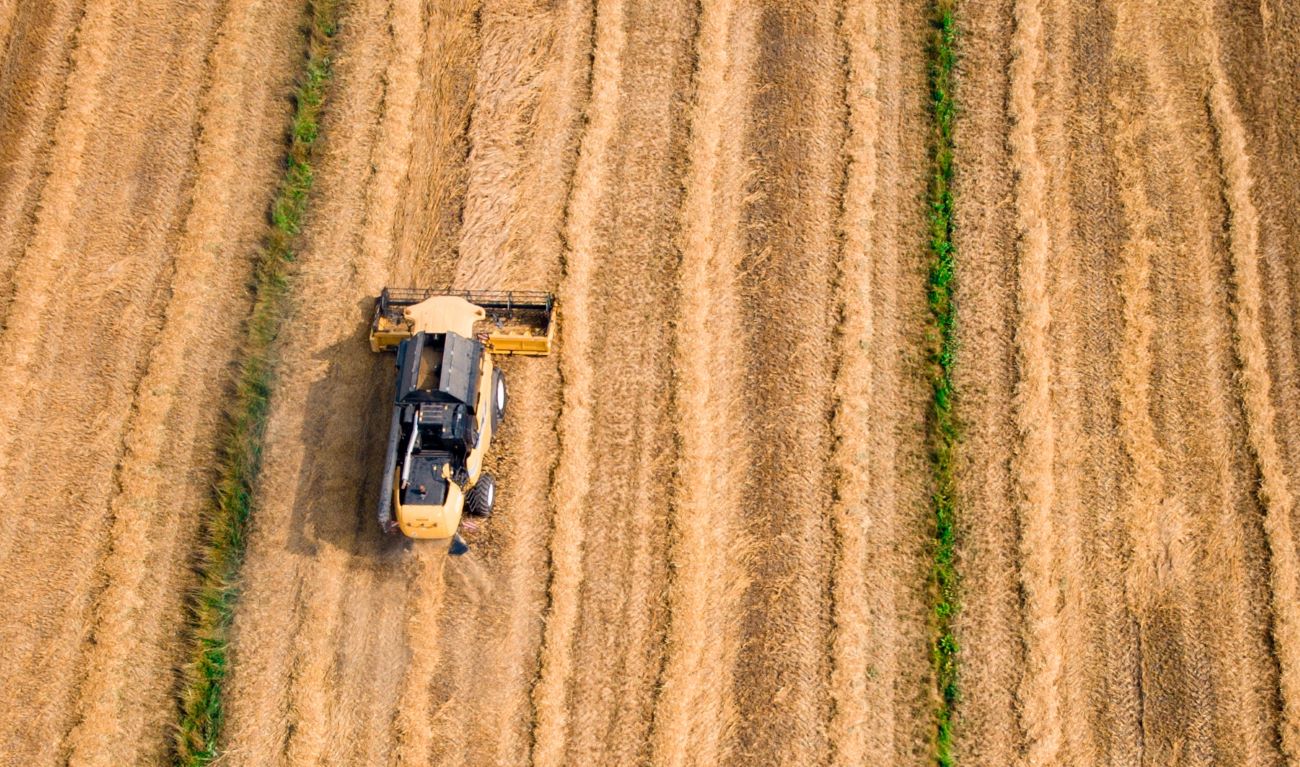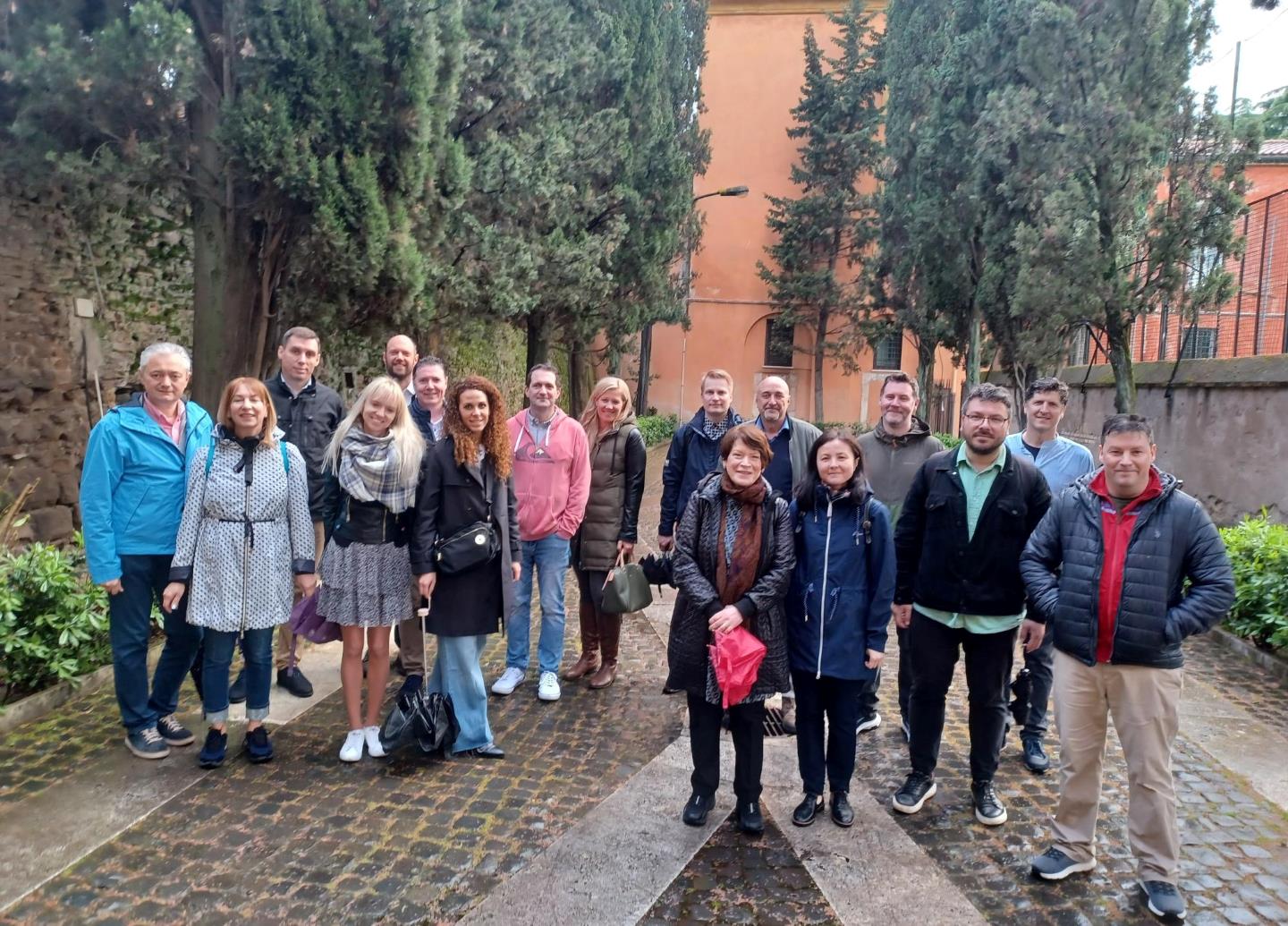Today's society looks critically at every food that is in the market. If before the predominant factor to opt for one food or another was the price, today the consumer asks questions like: What carbon footprint does this wine have? How much water is needed to produce this kilo of tomatoes? Is this peach produced with sustainability criteria?
Renewable energies are very interesting to improve the efficiency of irrigated agriculture. Agriculture sector occupies 14% of the Useful Agricultural Area in Spain, contributes 2.4% to the Gross Domestic Product of the country and employs 4% of Its occupied population.
Efficiency not only leads us to consume fewer resources, which translates into greater sustainability of the land, it also allows us to save costs, improve profitability and be more competitive in the markets.
Returning to the renewable energies associated with irrigation, it is necessary to know that the energy they supply is mainly destined to give power to the pumping groups, the part of the installation that demands more energy. Within the wide range of renewable energies that are currently used, only three have been successful in Spain, or have future plans for irrigation: photovoltaic solar energy, mini-hydraulic energy and wind energy.
A key aspect to rely on renewable energies in the primary sector is that they depend on elements that can be found in the same rural environment: air, sun or water. But access to the electricity grid from farms can often be poor. On the other hand, it is betting more on renewable energy because the installation costs are increasingly lower, and they are beginning to be as competitive as conventional ones. In addition, they manage to have a distributed system that is not dependent on the central electricity network, which gives advantages such as not stopping the activity in the event of a fall of the central system, or addressing hook-up works to the central electricity network, when it may be kilometres away.
And not only that, farmers who have opted for this type of facilities, have obtained long-term benefits. In some cases, savings of up to 70% on the electricity bill in those farms who have opted for photovoltaic solar energy to supply their pumping.
Photovoltaic energy
Photovoltaic solar energy is the most widespread in the fields of Spain since the geographical situation of Spain is key to adapting energy generation and consumption curves.
In addition, in the case of photovoltaic solar energy, it is reaching the point where its installation begins to be more profitable than conventional energy. As if this were not enough, thanks to the new regulations, it is making many producers not even think about it when planning a solar energy installation, especially when they see that today a kilometre of network can cost more than the installation of a solar megawatt.
To see the potential of this renewable energy in the Spanish agricultural sector, it serves us with a fact: of all the solar power installed in Spain in 2015, 1/3 was destined for agricultural activities.
Mini Hydraulic Energy
The so-called mini-hydraulic energy consists of technology that allows energy recovery, applying circular economy principles. The mini-hydraulic turbines of the irrigation system are arranged at key points of the water distribution, recovering energy that would otherwise be lost. This energy, when produced within the irrigation system, could be used for self-consumption.
Basically, mini-hydraulic energy reuses the flow and pressure of water installations, to generate energy from pumps working as turbines. Therefore, to opt for this type of renewable energy it is key to look for high-pressure points in the facilities, to avoid that energy is lost.
It is true that this energy is little implemented in the sector currently, especially in isolated farms. However, if it can make sense in specific cases: communities of irrigators, cooperatives, etc.
Wind power
It is difficult to think about how to adapt the gigantic wind turbines to the irrigation facilities. However, from certain irrigation forums, they are glimpsing the future: use of wind energy associated with rafts of irrigation communities to fill them.
Even in certain production areas, mini-wind turbines are being developed that could be used in irrigation communities. What is clear in this type of facilities is that they must be hybrid to ensure the supply.
Source: La Huerta Digital


